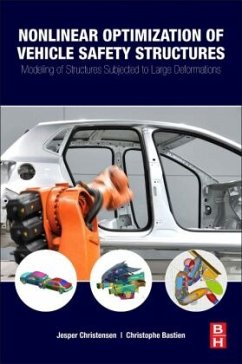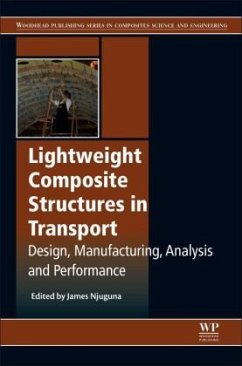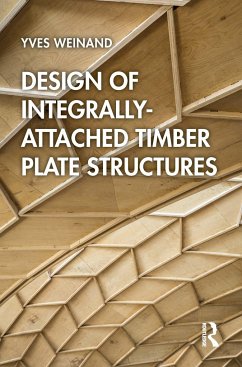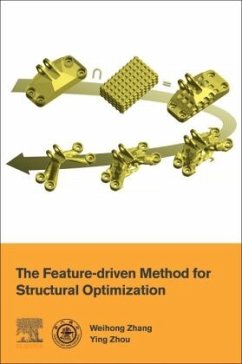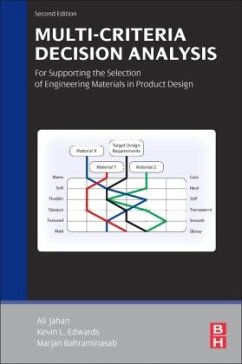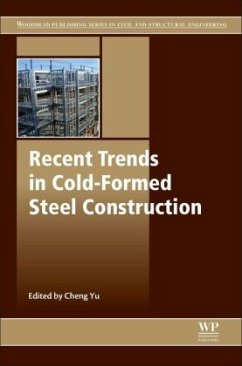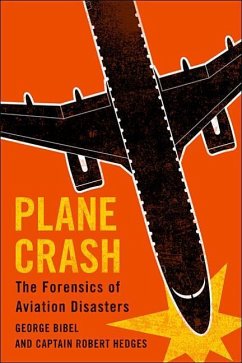
Optimization of Structures Under Crash and Impact
Versandkostenfrei!
Versandfertig in 6-10 Tagen
39,99 €
inkl. MwSt.

PAYBACK Punkte
20 °P sammeln!
Optimization methods are increasingly used to design structures. Structural optimization with linear static analysis is pretty much mature in methodology and therefore several codes now have optimization capability for linear analysis. This is in contrast to optimization with crash and impact responses encountered in automotive, defense, transportation safety and other fields. Impact responses do not present simplicities as with linear static responses. They are highly nonlinear and noisy (i.e. non smooth) preventing the use of conventional optimization methods based on gradients or sensitivit...
Optimization methods are increasingly used to design
structures. Structural optimization with linear
static analysis is pretty much mature in methodology
and therefore several codes now have optimization
capability for linear analysis. This is in contrast
to optimization with crash and impact responses
encountered in automotive, defense, transportation
safety and other fields. Impact responses do not
present simplicities as with linear static
responses. They are highly nonlinear and noisy (i.e.
non smooth) preventing the use of conventional
optimization methods based on gradients or
sensitivities. Also, impact analyses are usually
computationally costly. Such difficulties motivated
the development of effective and efficient methods
for impact optimization. This book elaborates
structural optimization procedure under crash and
impact loading. For this purpose, analysis and
optimization methods are discussed indetail.
Impact optimization problems are solved from several
areas.
structures. Structural optimization with linear
static analysis is pretty much mature in methodology
and therefore several codes now have optimization
capability for linear analysis. This is in contrast
to optimization with crash and impact responses
encountered in automotive, defense, transportation
safety and other fields. Impact responses do not
present simplicities as with linear static
responses. They are highly nonlinear and noisy (i.e.
non smooth) preventing the use of conventional
optimization methods based on gradients or
sensitivities. Also, impact analyses are usually
computationally costly. Such difficulties motivated
the development of effective and efficient methods
for impact optimization. This book elaborates
structural optimization procedure under crash and
impact loading. For this purpose, analysis and
optimization methods are discussed indetail.
Impact optimization problems are solved from several
areas.



